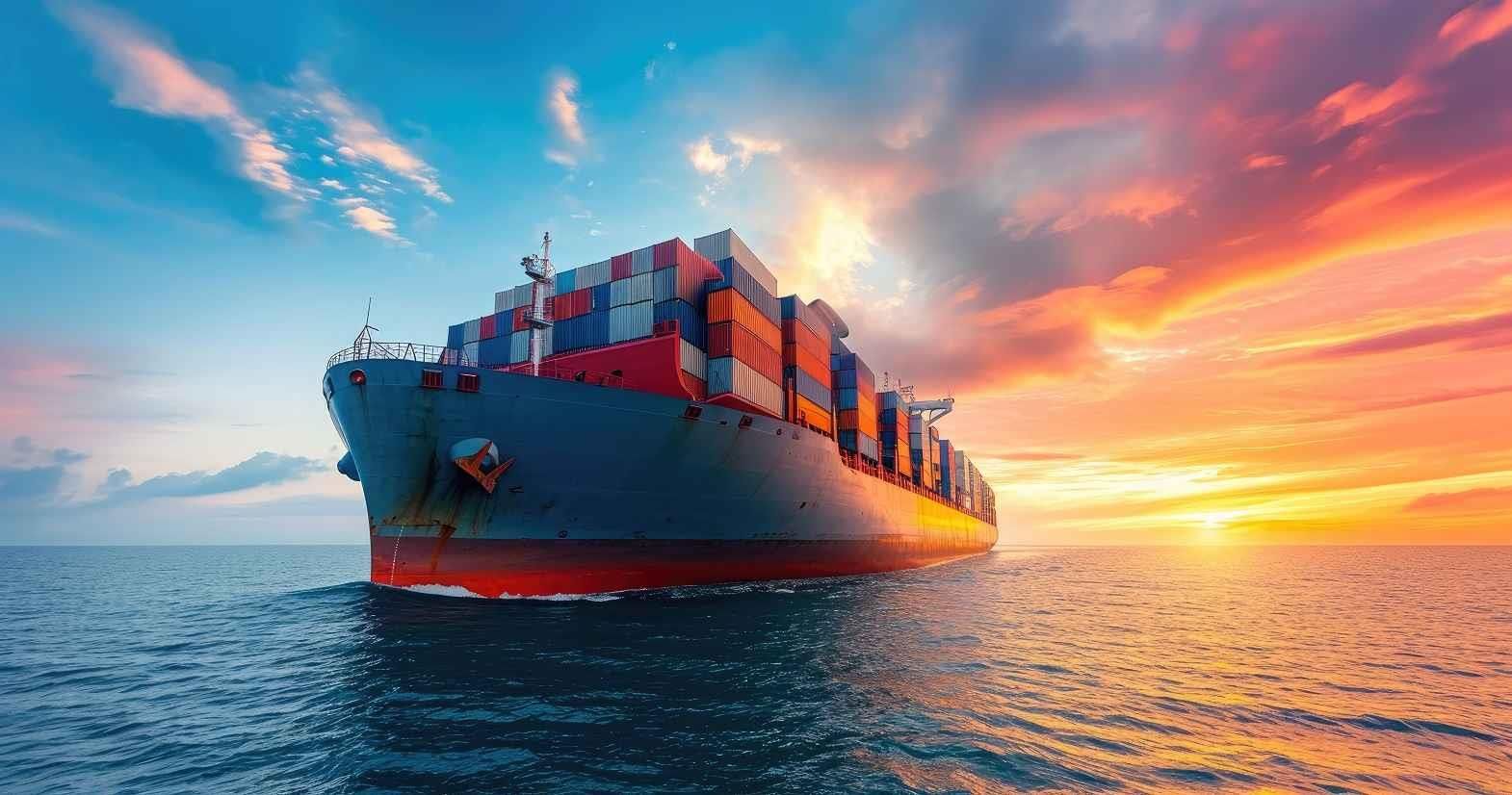Red Sea-Suez Canal crisis may severely impact global trade of textiles and apparel. Many retail brands are continuing to face prolonged disruption on their supply chain as shipping companies continue to avoid the Suez Canal. There will surely be a domino impact for next several months. At this point, unfortunately it is almost unpredictable how the overall situation will unfold in the weeks to come. A very close watch is required even after several months have passed, as no solution is in sight for the continued crisis in the maritime region, which is one of the most important routes in the world.
Retailers and suppliers around the world are rerouting the cargos away from the Suez Canal following militant attacks on vessels in the Red Sea. The attacks on ships continue to push ocean freight rates higher, triggering warnings of inflation and delayed goods. Carriers have diverted over $200 billion in trade over the past few weeks. Shipping rates have surged and goods are taking longer to arrive as containers are rerouted the Cape of Good Hope. The situation continues to worsen with the US military forces delivering a series of strikes against Houthi missile targets in Yemen in the past few weeks, as the multinational coalition continues ongoing efforts to prevent the Iran-backed militant group from launching more attacks on maritime traffic in Red Sea.
Drewry's World Container Index (WCI) had yet another significant weekly increase as of last week, jumping almost 23 per cent to $3,786 per 40-foot container. The rapidly escalating ocean spot rate measurement has shot up 173 per cent since November 30, 2023, when average container prices were $1,382 per 40-foot container. This amount is close to the COVID era when vessel prices had gone up by almost 200 per cent. Container cost and availability both will be the cause of serious concerns for all the stakeholders.
Unfortunately, recently even crude oil prices have jumped as high as 4 per cent amid high roller coasters. Higher energy prices risk stoking inflation just as it has begun to slow down. Meanwhile, the quotes for insurance coverage amount have also gone significantly higher, to make this situation even more tough, a growing number of insurers are refusing to cover US, UK and Israeli vessels against war risks. It is a highly sensitive situation which needs to be monitored closely.
Retailers and Shipping companies have a huge problem to manage, as this disruption is already leading towards minimum 2-3 weeks of extra shipping lead time. However, this could be a blessing in disguise because as consumers continue to spend cautiously, having delayed consignment could help manage inventories better.
So far, there seems to be no threat of clogged US ports as such incidents have not been reported, and the overall cost increase is less than one per cent but retailers who hoped for lower shipping costs and increased margins find it difficult to achieve now, at least for the next few months.
And the longer this situation continues, it will become more serious, but the good news is many companies have been in such a situation before, relatively recently, most of them have tools to deal with this delay and manage it well.
Although it is more expensive, retailers are also using air freight for urgent purchase orders. Indian Factories are also extending full support and reducing committed timelines, shipping goods earlier, wherever possible. Retailers are also trying to pre-book styles and manage their calendars.
The impact of the disruption on India and the entire south Asia is milder in comparison to the impact on China when considering trade with Europe and the US. The capacity is tightening in China due to a surge in container rates. Chinese exporters are struggling for containers moving out. Empty containers coming from Europe face the risk of Houthi attack in Red Sea. Exporters in South Asia, including India, are experiencing a milder impact due to their strategic geographical location. European exporters are also facing severe impacts on their international trade as they are more dependent on the Red Sea route.
Lastly, the Suez Canal situation is rapidly changing, according to the reports, the primary impact would most likely be felt in next few weeks and will have to continue to monitor it.











Comments